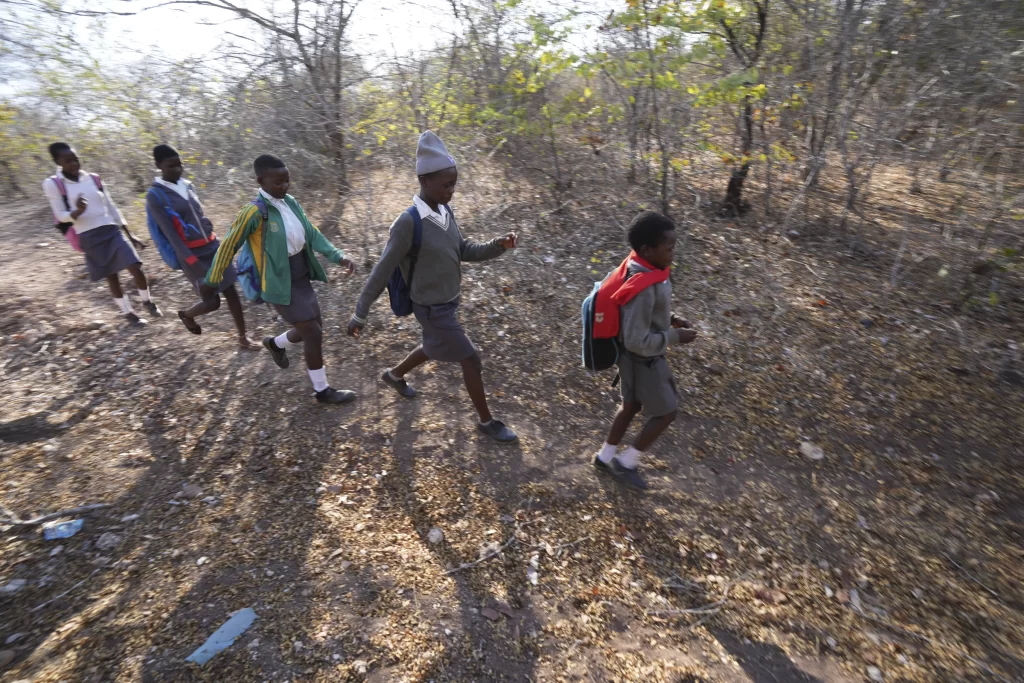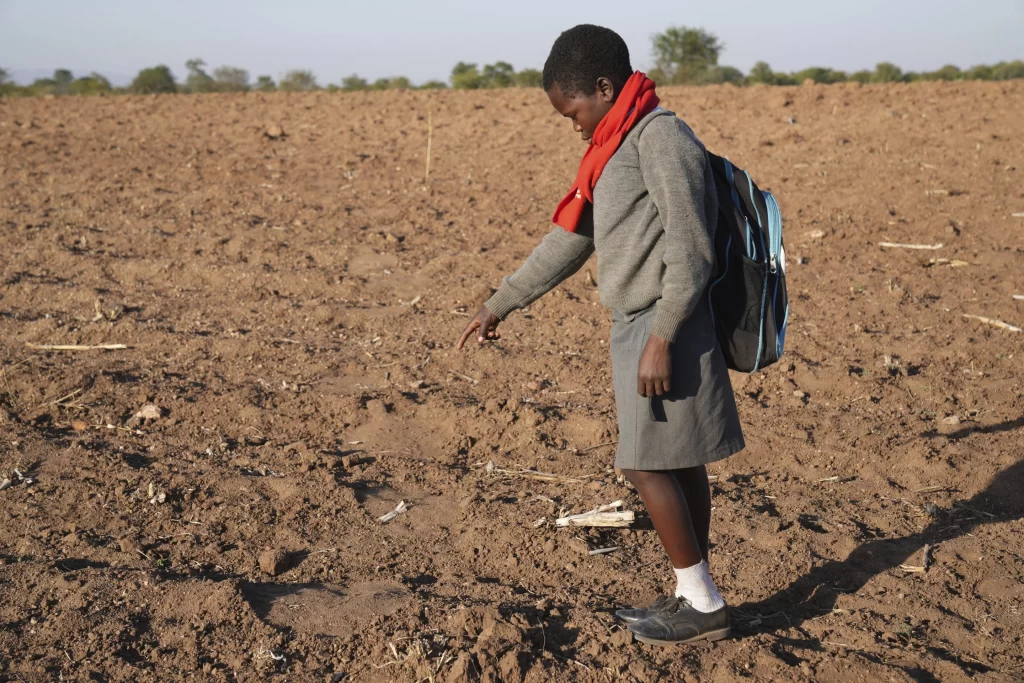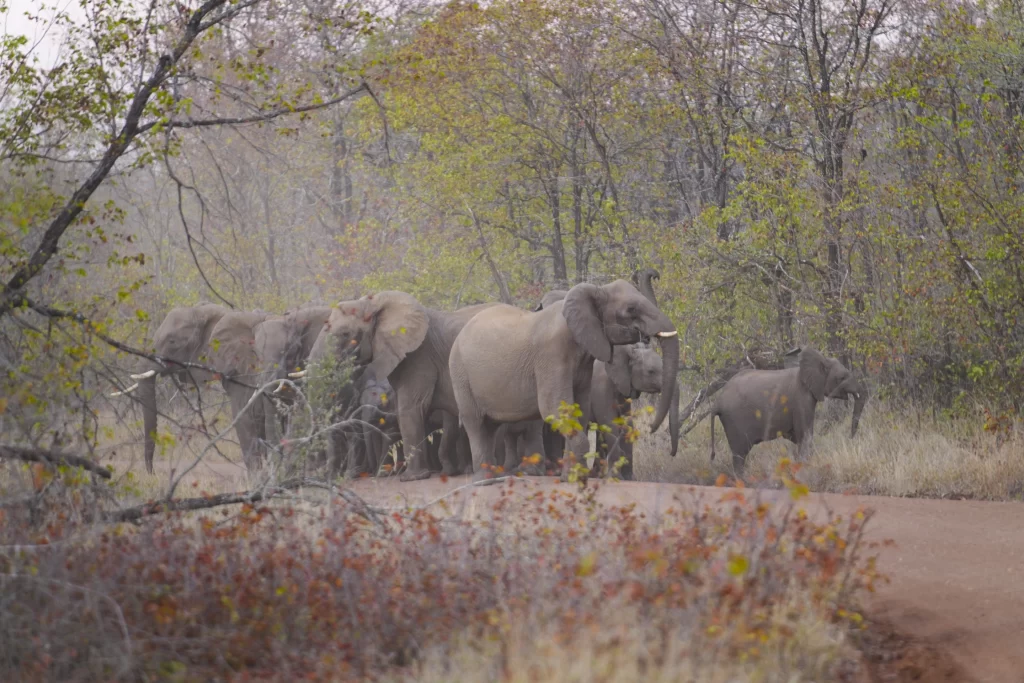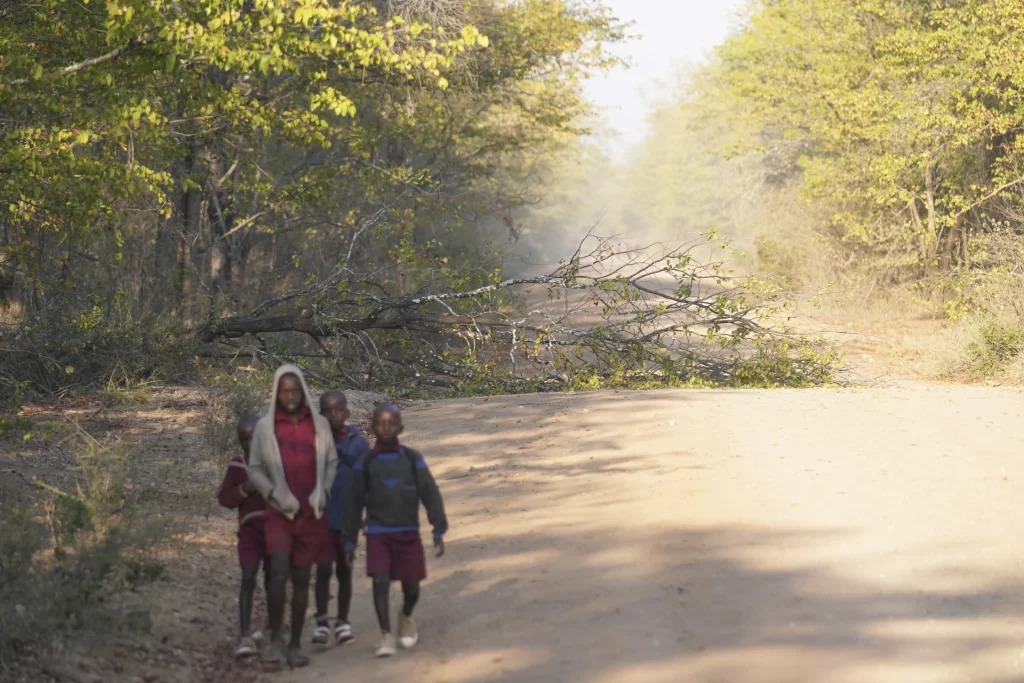In southeastern Zimbabwe, on the outskirts of a wildlife conservancy, 14-year-old Esther Bote faces a perilous journey each day as she walks to school through forests where dangerous animals might be lurking. This daunting task is part of her daily routine, as she navigates a 5-kilometer (3-mile) trek through bush paths that are increasingly fraught with risks.

Esther’s journey is emblematic of the challenges faced by many schoolchildren in the region, where wildlife such as elephants frequently cross paths with humans. “Sometimes we see animal footprints and can tell that the elephants are still around,” Esther shared from her home, where she lives with her elderly grandparents.

The situation in this part of Zimbabwe has been exacerbated by repeated droughts, driven by the El Niño weather phenomenon and human-induced climate change. These environmental factors have led to severe shortages of food and water, pushing wildlife closer to human settlements as both animals and people compete for scarce resources.

As a result, children like Esther must learn to adapt to this new reality. Schools in the area are now incorporating lessons in animal behavior, teaching students how to stay safe while commuting to and from school. Despite the dangers, Esther and her peers continue their daily treks, holding hands as they traverse the dense forests.

In this semi-arid district, the boundaries between human life and wildlife are becoming increasingly blurred, creating a precarious environment for the youngest members of the community. Yet, these children bravely continue their education, learning not only traditional subjects but also how to navigate the threats posed by the changing climate and encroaching wildlife.



